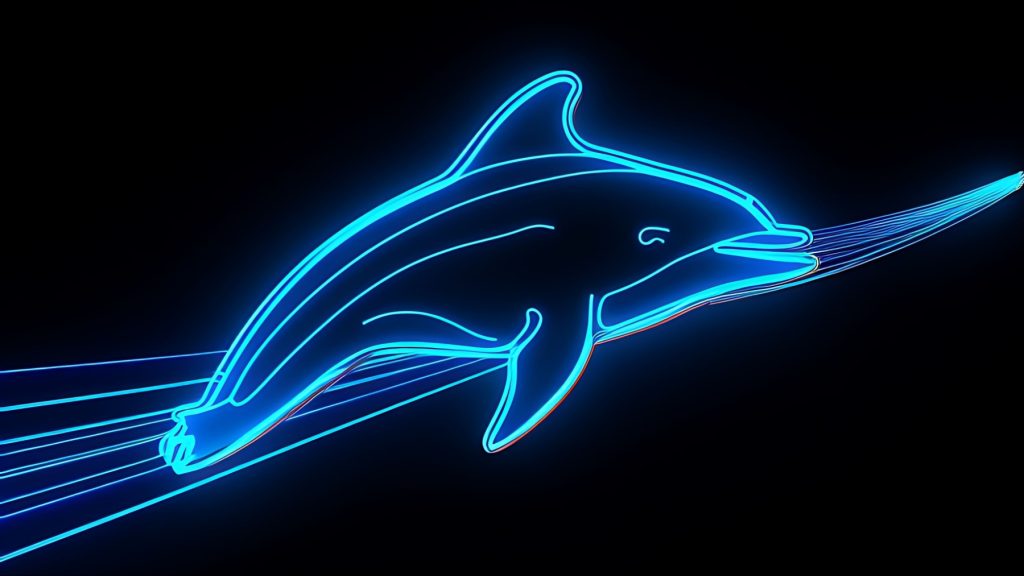Dolphins Take Us on an Electric Field Trip

A team of German biologists from the Behavioral Ecology and Conservation Lab at the Nuremberg Zoo and the Institute for Biosciences at the University of Rostock has discovered evidence of bottlenose dolphins’ ability of electric field sensing.
This research could have indirect applications for human advances. For example, scientists could imitate the navigation system of dolphins and apply it to other fields, like underwater robots. This would aid in new scientific discoveries.
Another human advancement that could be inspired by dolphins’ navigation using electric fields is the ability to preserve marine life. The most important factor is that it could aid in the understanding of animal life, which would aid in the creation of more advanced technologies for humans to have a better perception of the world.
Insights gained could lead to advanced marine conservation strategies, nurturing a deeper understanding of marine ecosystems. This knowledge may inspire an upheaval in neuroscience and bio-inspired technologies, potentially influencing medical diagnostic tools. A finding such as this not only advances scientific and technological frontiers but also italicizes the importance of preserving our marine biodiversity, leading to further research and education in marine biology and environmental science.
In the research conducted and published in the Journal of Experimental Biology, the team examined two captive bottlenose dolphins’ susceptibility to a mild electric field.
Although many animals, including certain types of sharks and platypuses, have electric field sensing, only one species of marine mammal—the Guiana dolphin—has been shown to be capable of doing so. The studies conducted by the team in this new endeavor questioned whether other varieties of dolphins possess this capacity.
Two reasons led them to study bottlenose dolphins: one was available for testing at the nearby Nuremberg Zoo, and other research indicated that the neural cells in the vibrissal crypts, which are located along the dolphins’ snouts, resembled shark electric-field detectors.
During the experiment, the researchers noticed that the electrode’s charge could be felt or sensed by both dolphins. Further testing revealed that both could detect DC fields with 90% accuracy below 125 microvolts per centimeter. They could both react to electric pulses as well.
Living in the world is an enormous experience. It’s quite amazing that there are so many species that we were unaware of. The combination of technological advancements and animals that teach us something new every day never ceases to amaze me.
Inside Telecom provides you with an extensive list of content covering all aspects of the tech industry. Keep an eye on our Impact section to stay informed and up-to-date with our daily articles.
